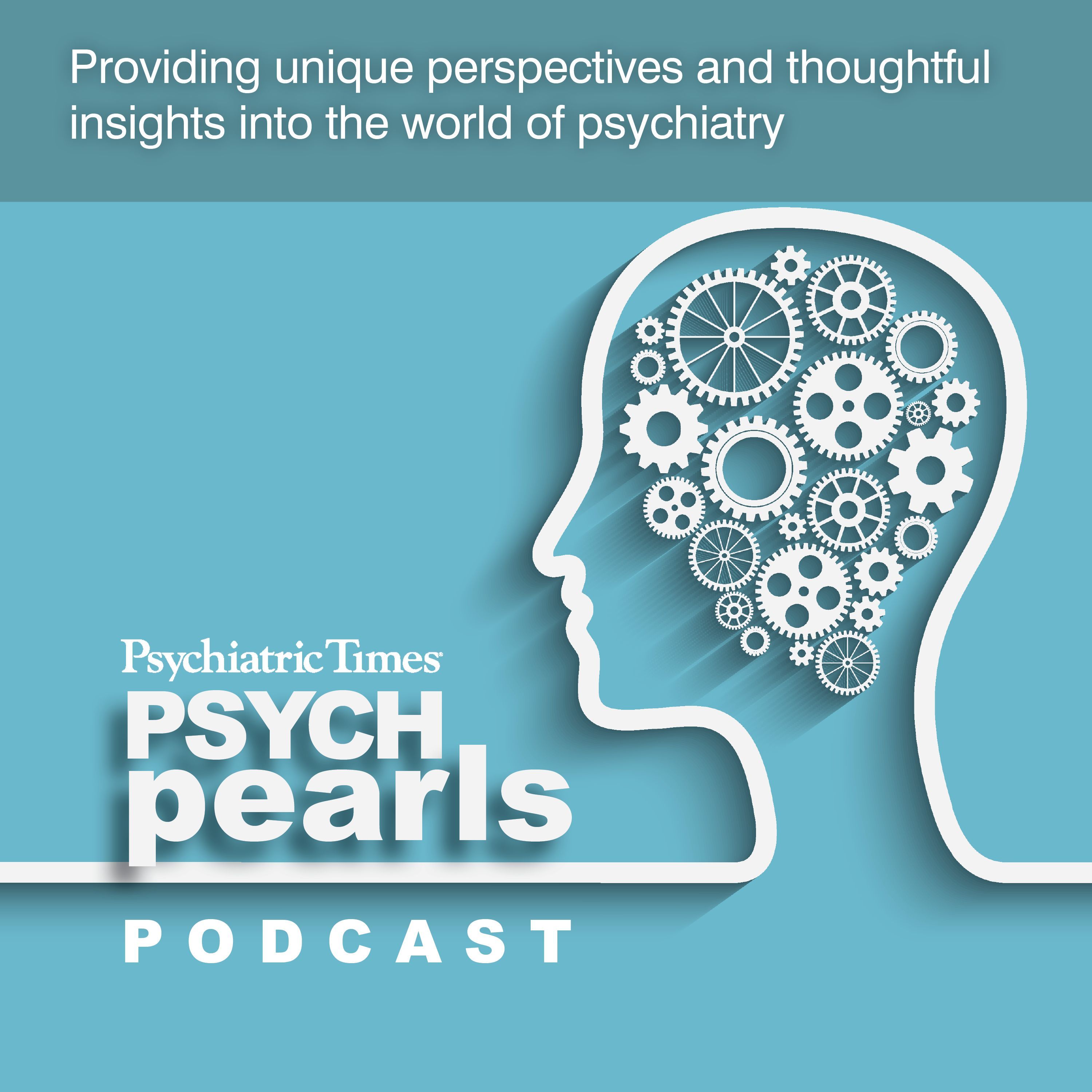Slideshow
7 Medical Illnesses That May Present as Anxiety
Author(s):
Beyond psychosocial implications of anxiety disorders, an array of physiological effects may ensue.
To view a PDF, of this slideshow, click here.
Newsletter
Receive trusted psychiatric news, expert analysis, and clinical insights — subscribe today to support your practice and your patients.





